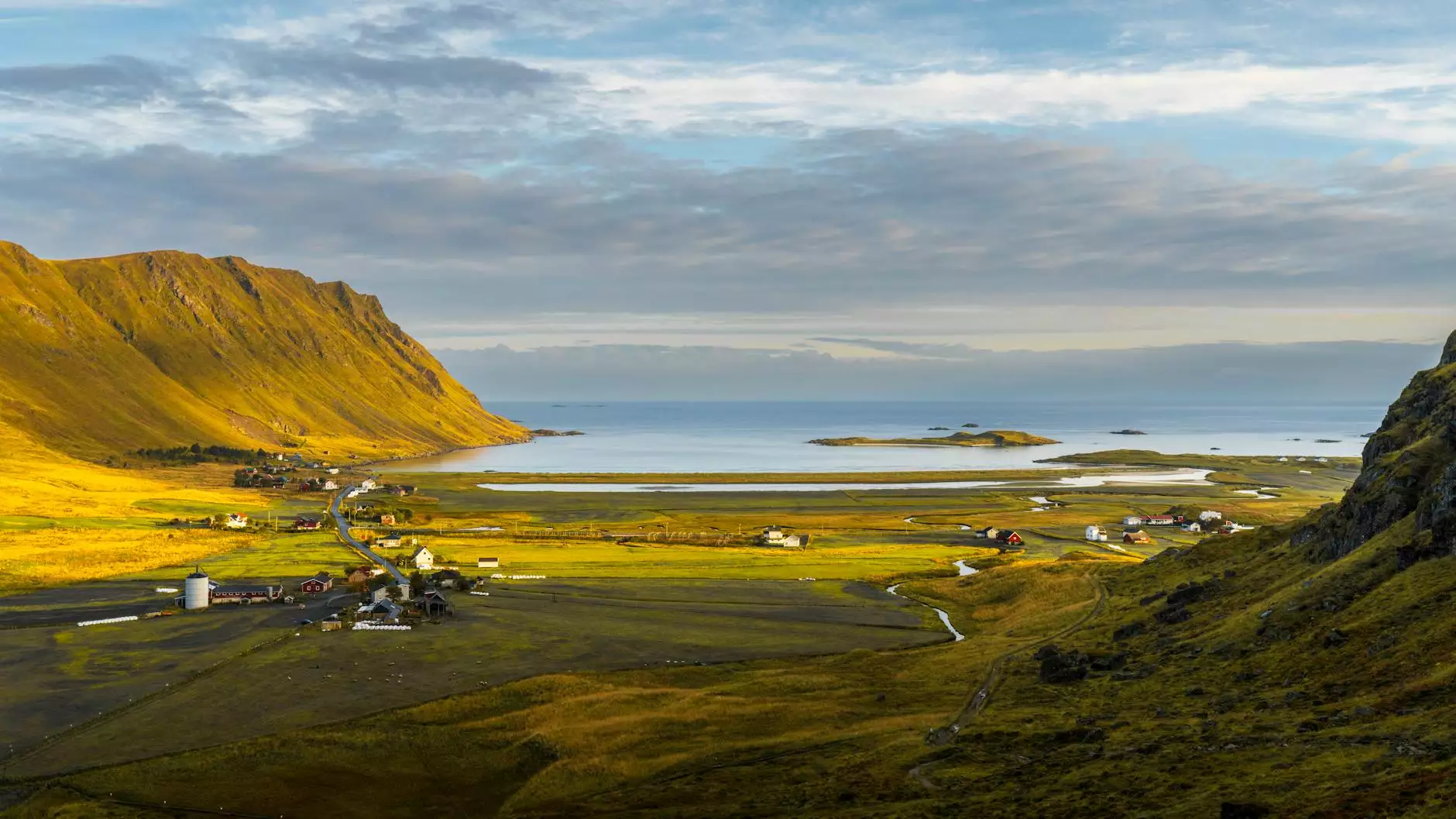Understanding SAE 100R7 Hydraulic Hoses – A Comprehensive Guide

Hydraulic hoses are critical components in various industries, facilitating the transfer of hydraulic fluids under pressure. One particular standard, SAE 100R7, is vital for ensuring these hoses meet the necessary specifications for performance and safety. In this article, we will delve into the specifics of SAE 100R7, its applications, construction details, and its significance in the world of hydraulic systems.
What is SAE 100R7?
The designation SAE 100R7 refers to a specific standard established by the Society of Automotive Engineers (SAE) for hydraulic hose design and performance. This standard is crucial for manufacturers and users of hydraulic equipment, ensuring that hoses can withstand the required pressures and environmental conditions.
Specifications of SAE 100R7
SAE 100R7 hoses are thermoplastic hydraulic hoses, characterized by their flexibility and resistance to various fluids, making them ideal for hydraulic systems in many applications. Here are some of the main specifications:
- Construction: SAE 100R7 hoses typically consist of a thermoplastic inner tube, a reinforcement layer (which can be a synthetic fiber or a steel braid), and a thermoplastic outer cover that provides protection against abrasion and environmental exposure.
- Pressure Rating: These hoses can usually withstand working pressures of up to 3000 PSI (pounds per square inch), although this can vary based on the specific hose dimensions and construction.
- Temperature Range: Designed to operate efficiently in temperature ranges from -40°F to +200°F, making them suitable for a wide array of climate conditions.
- Compatibility: SAE 100R7 hoses are compatible with various hydraulic fluids, including water-based fluids, mineral oils, and several other chemical solutions.
Applications of SAE 100R7 Hydraulic Hoses
The versatility of SAE 100R7 hoses makes them suitable for various industrial applications, including:
- Agricultural Equipment: Used in hydraulic systems for tractors, harvesters, and other farming machinery, SAE 100R7 hoses can efficiently transfer hydraulic fluid to power various implements.
- Construction Machinery: These hoses are commonly found in excavators, loaders, and cranes, providing the necessary hydraulic pressure for operation.
- Automotive Industry: In the automotive realm, SAE 100R7 hoses are used in transmission systems and power steering applications.
- Marine Applications: Their resistance to oil and water makes them an ideal choice for marine hydraulic systems.
- Industrial Manufacturing: Commonly utilized in robotic manufacturing and assembly lines for controlling machinery.
Comparing SAE 100R7 with Other Hydraulic Standards
To appreciate the unique properties of SAE 100R7 hoses, it's essential to compare them with other standards, such as SAE 100R1 and SAE 100R2.
SAE 100R1 vs. SAE 100R7
SAE 100R1 hoses are rubber hoses with a single high-tensile wire braid reinforcement. They are suitable for medium pressure hydraulic applications, whereas SAE 100R7 hoses, being thermoplastic, provide a more flexible and lightweight solution, ideal for low-pressure applications.
SAE 100R2 vs. SAE 100R7
While SAE 100R2 hoses feature a double wire braid reinforcement for high-pressure applications, SAE 100R7 hoses are better suited for less severe pressure environments while providing excellent flexibility.
Benefits of Using SAE 100R7 Hoses
The choice of SAE 100R7 hoses in hydraulic systems comes with multiple advantages:
- Lightweight and Flexible: Their lightweight nature combined with flexibility makes them easier to install and move, especially in tight spaces.
- Corrosion and Abrasion Resistance: The outer thermoplastic layer offers excellent protection against wear and environmental damage.
- Low Friction Loss: The smooth interior surface of the hoses ensures minimal friction loss, enhancing the efficiency of fluid transfer.
- Versatile Compatibility: They can be used with a variety of hydraulic fluids, further expanding their applications.
Choosing the Right SAE 100R7 Hose
Selecting the appropriate SAE 100R7 hose involves considering several factors:
- Application Requirements: Understand the specific requirements of your hydraulic system regarding pressure, temperature, and fluid type.
- Length and Diameter: Ensure the hose length and diameter match your system's needs to maintain optimal fluid flow.
- Compatibility with Fittings: Use fittings that are designed for SAE 100R7 hoses to ensure a leak-free connection.
Maintenance and Safety Tips for SAE 100R7 Hoses
Proper maintenance is essential for the longevity and safety of SAE 100R7 hoses. Here are some key maintenance and safety tips:
- Regular Inspections: Conduct routine inspections for signs of wear, leaks, or abrasions to prevent failures.
- Proper Storage: Store hoses in a cool, dry place away from direct sunlight to prevent degradation of the thermoplastic material.
- Follow Manufacturer Guidelines: Always adhere to the manufacturer’s recommendations for installation and use.
- Replace Damaged Hoses Promptly: Any hose that shows signs of significant wear or damage should be replaced immediately to ensure system safety.
Conclusion
In conclusion, SAE 100R7 hydraulic hoses play a crucial role in various industries by providing reliable and flexible solutions for fluid transfer. Their specific design and construction not only meet high standards set by the Society of Automotive Engineers but also ensure efficient performance in diverse applications. By understanding the specifications, applications, and maintenance needs of SAE 100R7 hoses, businesses can harness their benefits effectively.
For more information on fittings for sale and a wide range of hydraulic solutions, visit fitsch.cn. Explore our comprehensive product offerings to ensure your hydraulic systems operate efficiently and safely.



